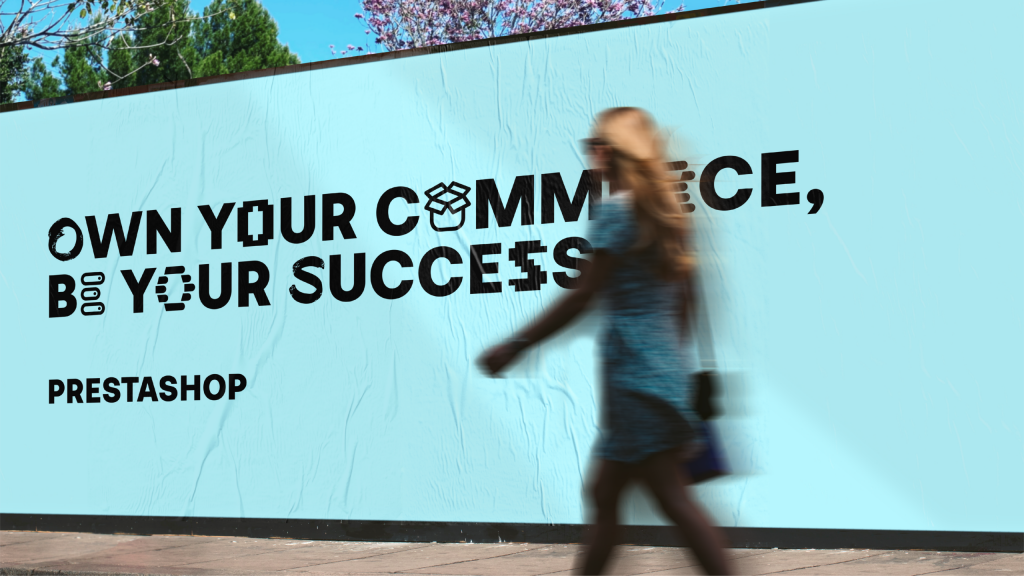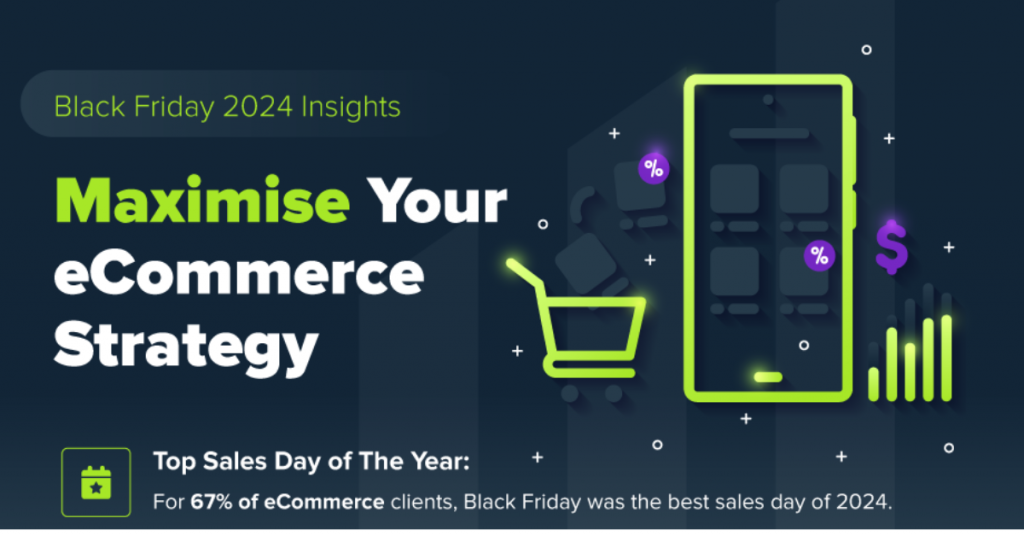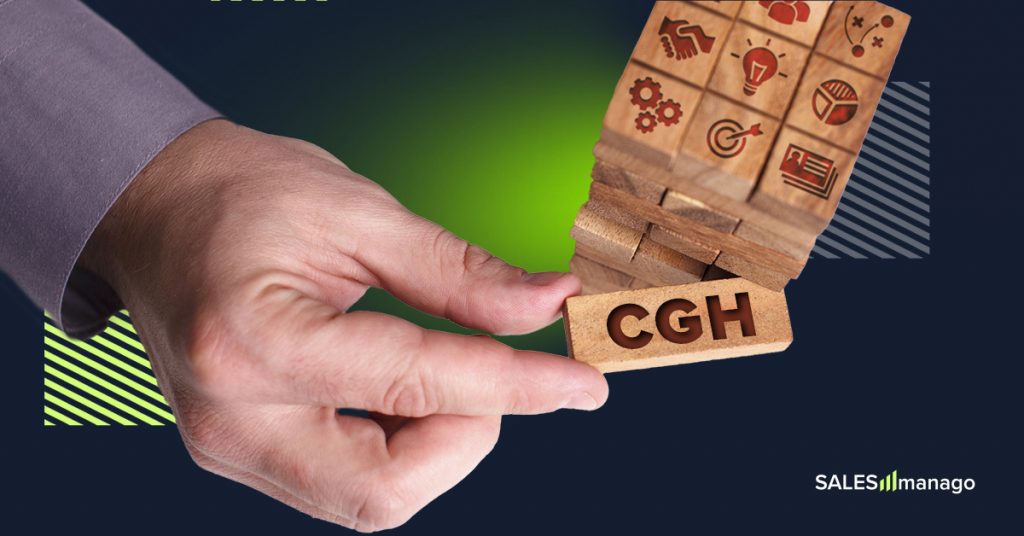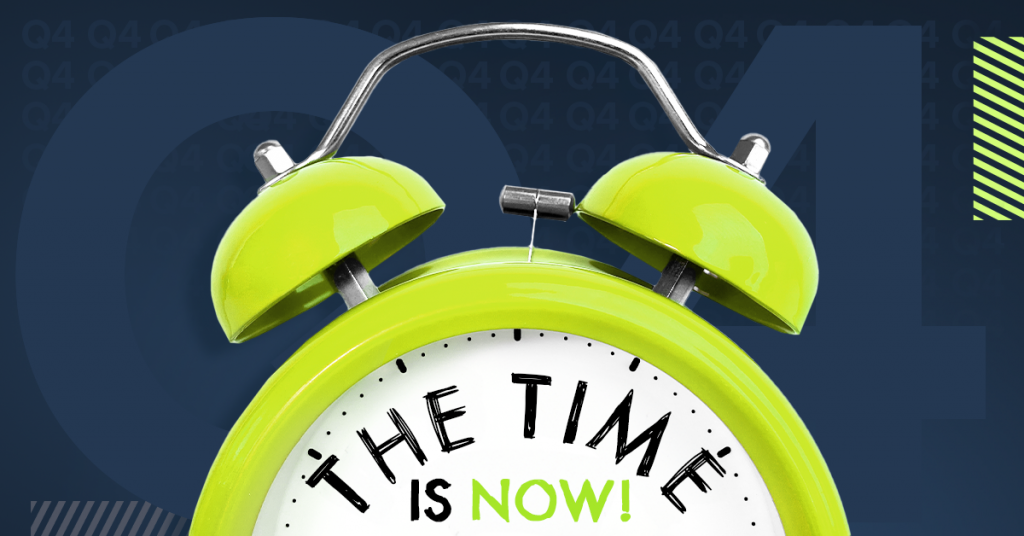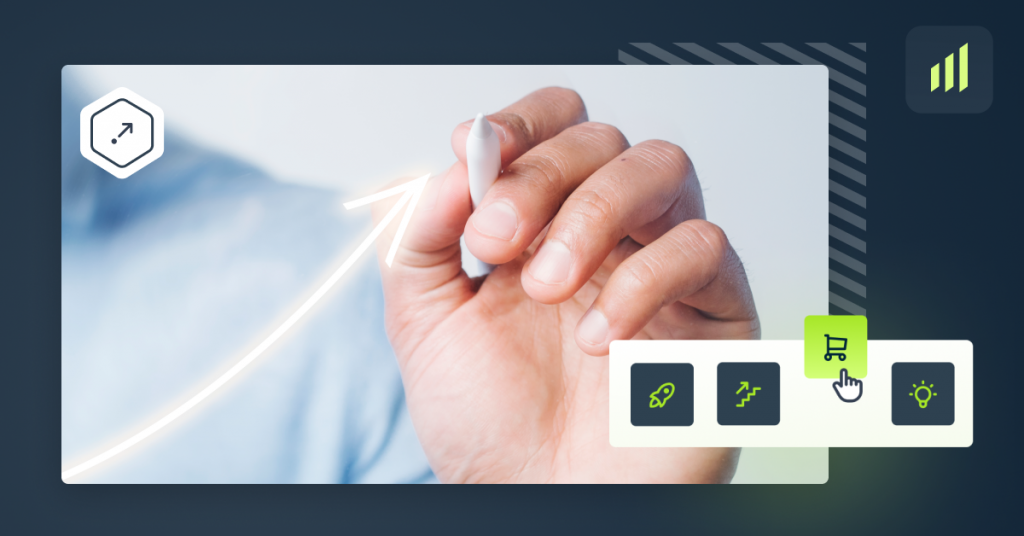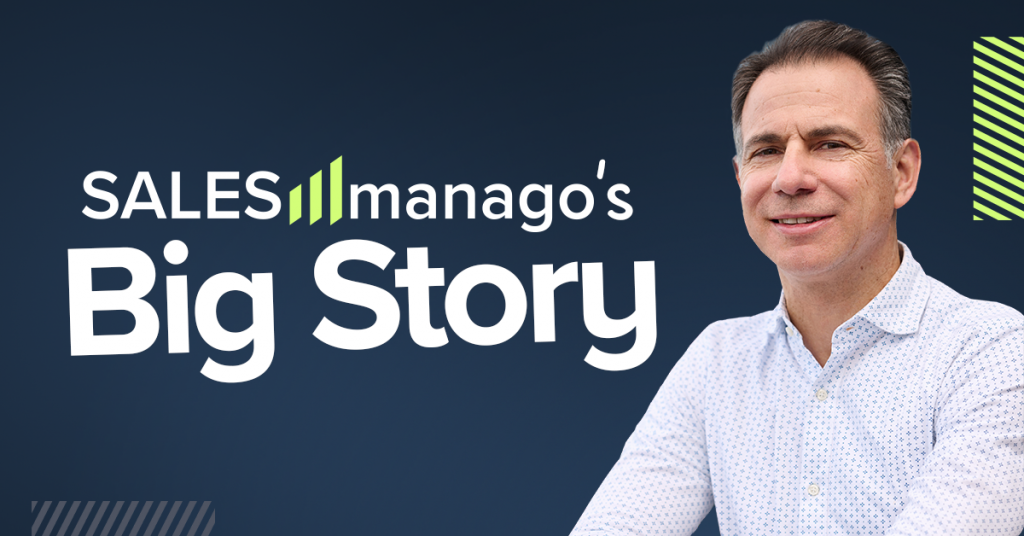 Some time ago, during lunch, we asked an open question whether men and women have a different view on marketing issues. Instead of attempting to answer in in a traditional way – start an everlasting debate between two genders we decided to approach this issue SALESmanago style and put the topic on the table and work on it! We chose 10 popular questions on digital marketing, had one female and male editor sitting separately and answering them. Outcome? Take a look!
Some time ago, during lunch, we asked an open question whether men and women have a different view on marketing issues. Instead of attempting to answer in in a traditional way – start an everlasting debate between two genders we decided to approach this issue SALESmanago style and put the topic on the table and work on it! We chose 10 popular questions on digital marketing, had one female and male editor sitting separately and answering them. Outcome? Take a look!
#1 The main differences between traditional and digital marketing?
She: Generally speaking, digital marketing is derived from the traditional marketing, so their core is the same – business first (the main goal of marketing is to generate revenue). Key difference is the amount of data available to process and the number of channels that allow you to communicate with your audience. Also, digital marketing forces the integration of data from different sources, so as to appeal to past actions and anticipate future consumer needs.
He: Digitalization imposes dynamic marketing actions in real-time. Traditional marketing allowed more time to react to a given event or customer’s action. Digital Marketing wants you to put the “instant” mode on – you have to act promptly as your competition is not asleep!
#2 How to plan digital marketing strategy?
She: In order to make marketing activities effective you must develop a strategic plan that includes:
- Target audience (age, sex, location)
- Complementarity of target audience with potential medium (e.g. mobile device)
- Ad format offered by the medium
- The cost of reaching the audience
- Summary of previous campaigns
A significant constituent of marketing strategy plan is the intended purpose of these activities. All of the assumptive directions require to draw up an individual budget and entail different operations.
He: One needs to start with getting to know your clients and their behaviors well enough to simulate most common scenarios. I would start with analyzing website traffic, my sales funnels and conversion points and scrutinizely look into those in order to come up with some changes and optimizations. Next step is to plan the campaign in omnichannel, bearing in mind most common scenarios and customers’ purchase journey. The campaign is a live organism, an ongoing complex process, therefore I prefer the Lean Management and Six Sigma-based methodologies which allows you not only for constant monitoring but quick reacting to external events in order to build the most efficient process and bring more money in the house, at the end of the day.
#3 How to measure results?
She: First – answer the question: At the end of the day, what will bring the real profit? The answer won’t be rather “likes” under the post on Facebook, or Twitter. I would rather aim at stuff that leads directly to conversion, i.e. registration for demo, mailing, or 1-to-1 webinar with a consultant. To measure the results you can various tools, but the most convenient is the marketing automation platform with external integration, which will collect statistics in one place and will also help you to analyze them.
He: Depending on the business you run and current situation – look for those measurements that indicate REAL, important results; conversion rates, engagement count or sales figures.
#4 What to spend money on in digital marketing?
She: On being visible, on lead generation, and on remarketing. No visibility = no traffic, no traffic = no leads, no leads = no sales. And no remarketing = no long-term relationship with a customer.
He: On quality. On every action that may lead towards achieving better results and those important results are described above. Definitely content is the thing one should pay most attention to. There’s no tool or platform that will magically do the job if there’s no content that can stand out and draw the interest of a potential client.
#5 The most important digital marketer’s KPIs (and why these)?
She: The different types of digital marketing have their KPIs. If I were to choose one, I would name the conversion rate, and if I could add the other, that would be its cost. The most important marketing task, in both classical and modern terms, is to generate profit. It’s the conversion that identifies the most effective actions, provides employees with feedback about their work, and measures the cost/revenue ratio. Also, important KPIs are traffic on the site, the cost of lead, OR and CTR for mailing or ROI.
He: At the end of the day, I am interested in CPL – cost per lead generated and the total cost of acquiring a client. As a manager, I need to see the “big picture” and care on maximizing the profitability of my business.
#6 What are the must-have digital marketing tools?
She: Something for managing contacts, automating activities, analyzing the effectiveness of your actions, and analyzing customer behavior. Also, something that will optimize your customer buyers journey and react in real time where you need it. In short, a decent Marketing Automation platform with appropriate external integration should do the job.
He: It’s really hard for me to imagine working without a CRM, some tool to automate outgoing communication (mostly emails but not only), and – in case of running online sales – website traffic analyzing tools and providing personalized, dynamic ads & marketing content. A good marketing automation platform should have it all.
#7 What’s better – Inbound or Outbound (and why)?
She: Neither. The shift in customer mentality (existing and potential ones) force a revision of both approaches. The great content itself, without proper distribution, is not enough to achieve spectacular success, same as an aggressive outbound campaign that will ignore the message personalization as well as audience’s needs. A golden measure is a holistic approach, like the Customer Value Marketing that combines the best of both mentioned approaches.
He: Outbound is a must, but I personally prefer inbound actions as they allow one for building company’s image and character in the eyes of customers. Proper Inbound Marketing may perfectly boost brand awareness and bring potential customers in at the same time with a relatively low cost per lead generated. That’s how you kill two birds with one stone!
#8 What are the most important trends in digital marketing for the next few years?
She: In my opinion, this may be of a twofold nature – firstly we will be making better use of the technological novelties, so it is worth to pay attention to the VR / AR (virtual and augmented reality) and AI (artificial intelligence combined with the machine learning mechanisms) followed by the proper understanding and implementation of Omnichannel. The second path is the return to the basics and their re-definition – for example, the good ‘ol email marketing is experiencing the Renaissance right now, and it’s not much time left until we turn our eyes to marketing to anonymous users. Of course after the brief adjustment to the new reality and possibilities.
He: Personalization, personalization and… personalization. I can’t imagine creating one general email template and the same content sent to everyone – when, let’s say, a middle-school kid would receive exactly the same message as a mother of two children. These two represent totally different worlds and speak different languages. Personalization of dynamic email content is the most important trend to look at.
#9 Should I invest in social media, and in which of them if so?
She: Company’s profiles and social media ads seem to be a must-have nowadays. That’s why it’s crucial to run the fan pages in various services tailored to your industry specifics. However, in the first place, you should invest in the person who genuinely understands social media and can develop a strategy for them. The most reliable shots if it comes to platforms seem to be LinkedIn, Facebook and Twitter – that order exactly.
He: Of course you should. Just focus on those where your customers are mostly active – for some businesses it will be Twitter, for other LinkedIn, but I honestly believe each business will benefit from running a Facebook fanpage.
#10 Which communication channels should I use?
She: For starters – the easiest ones are email marketing and social media (Facebook in particular). They are followed by the mobile channel and the website, with POSs and the other media bringing up the rear. The most important thing is to keep the message consistent regardless of the channel!
He: Absolutely all that can be used to reach our users, with one important thing in mind, though: we must tailor the content to match specifications of each channel we use. The same message can look very different depending on the medium we use for its distribution.
As you can see, the answers are sometimes surprisingly similar while sometimes they’re focused on totally different aspects, depending on the speaker. We won’t, however, suggest any conclusion for you.
Enjoyed the new post format? Tell us what would you like to read next about?
 Follow
Follow









